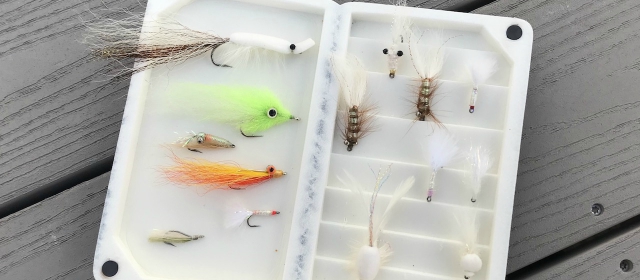Choosing the right fly fishing hook sizes can be a bewildering task, especially for beginners. This article aims to simplify the process by highlighting key considerations when venturing into the world of fly fishing.
1. Grasping the Hook Size Scale
Understanding the hook size numbering system is crucial. The Orvis Fly Fishing Guide breaks it down into two numerical formats. For trout-sized hooks, even numbers from 2 to 28 are used, with larger numbers indicating smaller flies. Hooks larger than size 2 employ a numbering system that increases with the size, utilizing a slash/zero to distinguish them.
2. Tailoring to the Fish Size
The size of the fish you’re targeting plays a pivotal role in selecting the appropriate hook. Smaller hook sizes like 6 or 10 suffice for small stream trout. Medium-sized species such as salmon or redfish may call for sizes 4, 2, or 1/0, while larger species might warrant a 2/0 to 4/0.
3. Aligning with Bait Type and Size
Creating a lifelike presentation involves matching your fly pattern to the fish’s preferred prey. Whether it’s imitating insect families, shrimp, or baitfish patterns, the size of the hook is dictated by the size of the fly to ensure authenticity.

4. Embrace the Subtlety of Small Hooks
Employ the smallest fly hook sizes required for the task. Concealed mostly by fly material, smaller hooks contribute to a more discreet presentation, vital for tricking wary fish that might scrutinize the bait closely.
5. Factoring in the Environment
Consider the visibility in the water environment. Murky or deeper waters demand larger flies and hooks for better visibility, while clear and shallow waters favor smaller hook sizes to avoid spooking fish.
6. Adaptability in Approach
When all else fails, adaptability is key. If the fish aren’t responding, experiment with different sizes, colors, and types of flies. Changing tactics and remaining open to variations can often turn the tide in your favor.
In addition to considering hook sizes, delving into the anatomy of a hook enhances your understanding of its components. Various types of fly hooks cater to distinct fly patterns, and while the myriad options may initially seem overwhelming, the learning process unfolds gradually, adding to the rewarding challenge of fishing. Explore, experiment, and let each cast teach you more about the intricate art of fly fishing.
Image/Source: TakeMeFishing





